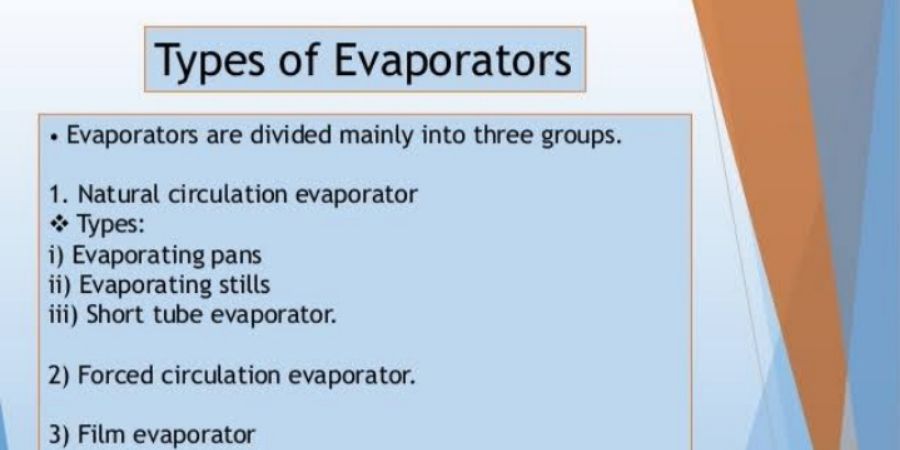

Let's have a look here 👀 :
Norbert Rillieux ( 1806 –1894) was an American-French inventor who was widely considered one of the earliest chemical engineers and noted for his pioneering invention of the multiple-effect evaporator. This invention was an important development in the growth of the sugar industry. Before introduction of evaporator, the process for sugar refinement was slow, expensive, and inefficient. Norbert Rillieux started researching ways to improve the process of sugar refining and he developed a machine called evaporator. These system utilizes a vacuum chamber or a container with reduced air to lower the boiling point of the liquids. These invention was revolutionized sugar processing.
Evaporator is based on the amount of water evaporated per kg of steam use. it uses the principle of evaporation for the treatment of process water, waste water and water based waste . the evaporation process is use in the chemical and process industry for a variety of purposes and It is an operation used to concentrate a solution of a nonvolatile solute and a volatile solvent.
Evaporation, a widely used method for the concentration of aqueous solutions, involves the removal of water from a solution by boiling the liquor in a suitable vessel, an evaporator, and withdrawing the vapor. If the solution contains dissolved solids, the resulting strong liquor may become saturated to that crystals are deposited. Liquors which are to be evaporated may be classified as follows:
📍a) Those which can be heated to high temperatures without decomposition, and those that can be heated only to a temperature of about 330 K.
📍b) Those which yield solids on concentration, in which case crystal size and shape may be important, and those which do not.
📍c) Those which, at a given pressure, boil at about the same temperature as water, and those which have a much higher boiling point.
Evaporation is achieved by adding heat to the solution to vaporize the solvent. The heat is supplied principally to provide the latent heat of vaporization, and, by adopting methods for recovery of heat from the vapor, it has been possible to achieve great economy in heat utilization. Whilst the normal heating medium is generally low pressure exhaust steam from turbines, special heat transfer fluids or flue gases are also used.
The design of an evaporation unit requires the particle application of data on heat transfer to boiling liquid, together with a realization of what happens to the liquid during concentration. In addition to the three main features outlined above, liquors which have an inverse solubility curve and which are therefore likely to deposit scale on the heating surface merit special attention.
The evaporation is conducted by vaporizing a portion of the solvent to produce a concentrated solution of thick liquor. Evaporation differs from drying in that the residue is a liquid—sometimes a highly viscous one—rather than a solid; it differs from distillation in that the vapor is a mixture, no attempt is made in the evaporation step to separate the vapor into fractions; it differs from crystallization in that emphasis is placed on concentrating a solution rather than forming and building crystals. Evaporation sometimes produces slurry of crystals in saturated mother liquor.
Normally, in evaporation the thick liquor is the valuable product and the vapor is condensed and discarded. Example, mineral-bearing water often is evaporated to give a solid-free product for boiler feed, for special process requirements, or for human consumption. This technique is often known as water distillation, but technically it is evaporation. Large scale evaporation processes have been developed and used for recovering potable water from seawater. Here the condensed water is the desired product. Only a fraction of the total water in the feed is recovered, and the remainder is returned to the sea.






